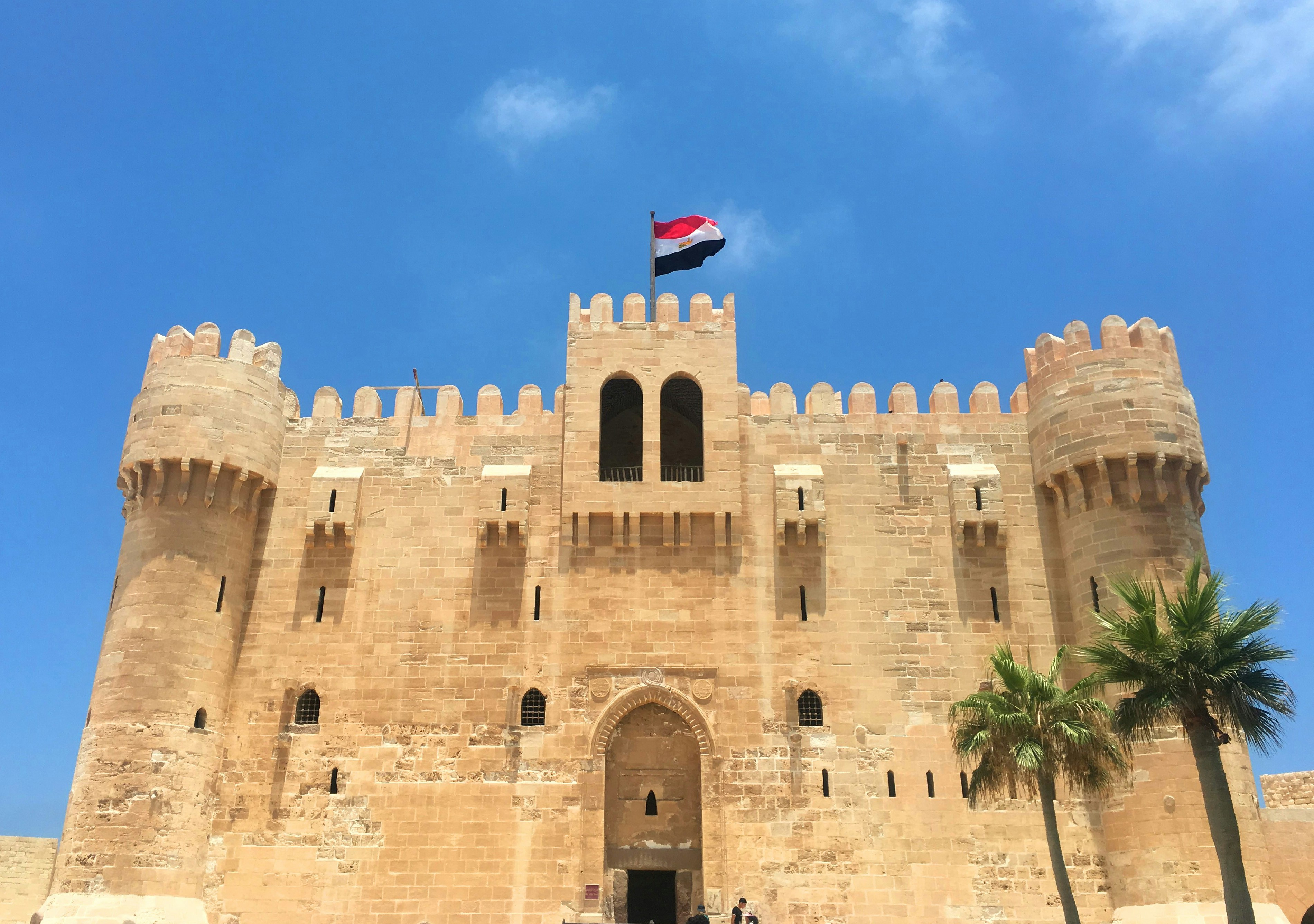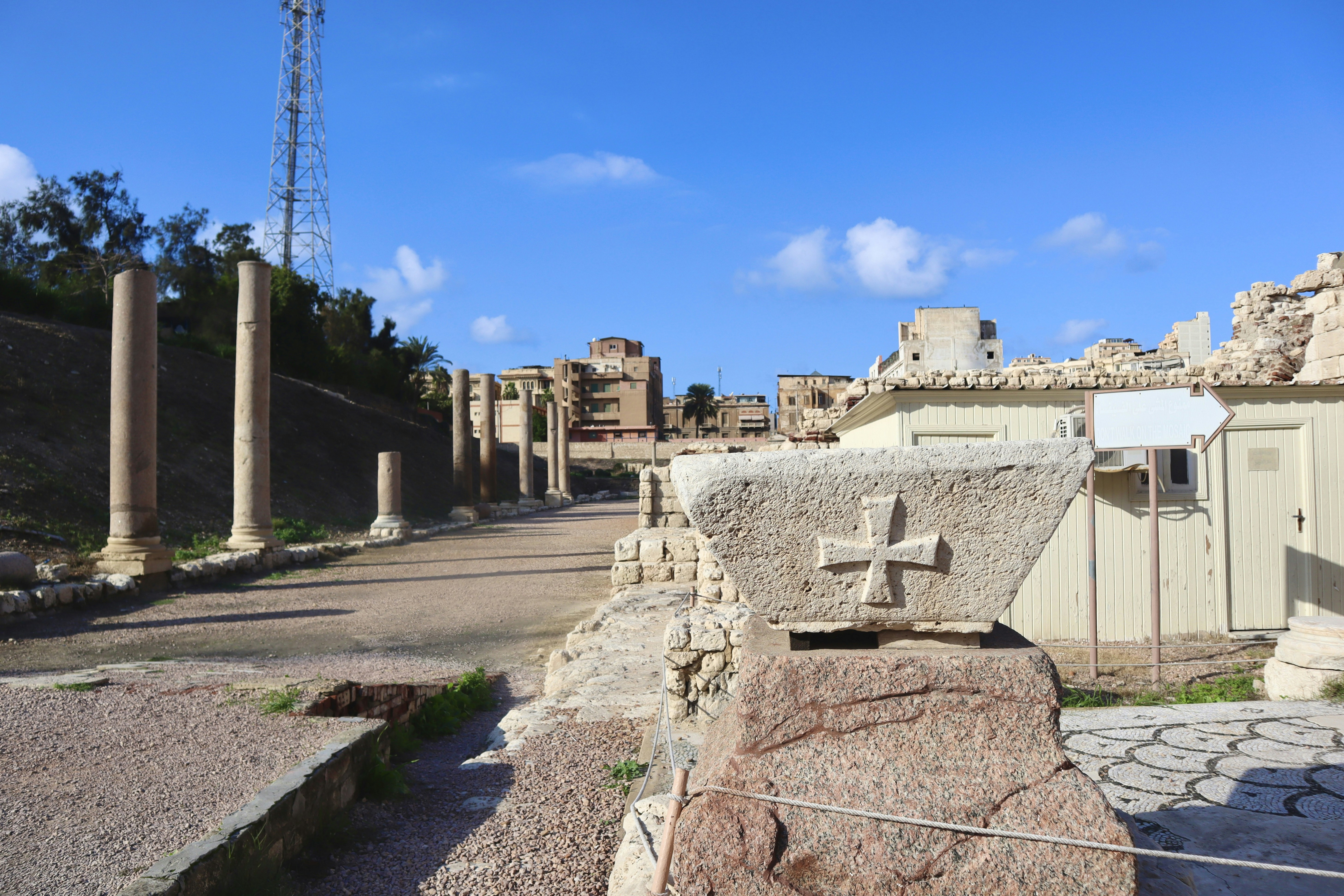Have you ever dreamed of wandering through the sands of time and uncovering the mysteries of ancient civilizations? On Egypt’s North Coast, the remnants of bygone eras await our curious footsteps. This region, brimming with antiquity, offers an unparalleled glimpse into the history, culture, and architectural genius of the ancient world. Together, let’s journey through some of the most fascinating ruins you can explore on Egypt’s North Coast.
The Allure of Ancient Egypt’s Coastal Ruins
Egypt’s North Coast, blessed with the azure beauty of the Mediterranean Sea, is more than just a picturesque locale. This area is steeped in history, housing relics from times when pharaohs ruled and ancient scholars enlightened the world. The coastal ruins tell stories of illustrious pasts and invite us to uncover secrets hidden in their worn stones.
Significance of Egypt’s North Coast in History
The North Coast of Egypt was not just a strategic maritime route but also a bustling hub of commerce, culture, and conflict. This area saw intense activity from the Egyptians and later the Greeks and Romans who left their indelible marks on the land. Understanding this significance helps appreciate the ancient ruins we can explore today.
Alexandria: The Mediterranean Jewel
Alexandria, founded by Alexander the Great in 331 BCE, is arguably the most famous city on Egypt’s North Coast. Historically, it was a beacon of learning and culture, known globally for its Great Library and Lighthouse.
Ruins of Kom El-Dikka
Nestled in the heart of modern Alexandria, the ruins of Kom El-Dikka were discovered quite serendipitously in the 1960s. This area boasts a Roman amphitheater, bathhouses, mosaics, and residential quarters. As we walk through Kom El-Dikka, we can almost hear the echoes of ancient performances and daily chatter of its erstwhile residents.
| Site | Description |
|---|---|
| Roman Amphitheater | One of the few surviving examples of its kind in Egypt, this amphitheater features 13 tiers of marble seating, providing a glimpse into ancient entertainment. |
| Bathhouses | These illustrate the sophisticated Roman lifestyle and their intricate bathing rituals. |
| Mosaics | The artistry of these mosaics reflects the rich aesthetics and craftsmanship of the time. |
The Catacombs of Kom El Shoqafa
Discovered in 1900, the catacombs of Kom El Shoqafa are a wonder of ancient funerary architecture. These catacombs, dating from the 2nd century CE, encompass three levels of rock-cut chambers that blend Egyptian, Greek, and Roman traditions.
Exploring the Catacombs
Descending into these catacombs, we find ourselves amidst carvings, sculptures, and sarcophagi that tell stories of earlier rites of passage and beliefs about the afterlife. The catacombs are a labyrinth, reflecting the evolving multi-cultural influence over centuries.
This image is property of images.unsplash.com.
Rosetta: The Key to Understanding
Rosetta (or Rashid) holds a pivotal place in modern Egyptology, thanks to the Rosetta Stone—discovered here—which unlocked the secrets of Egyptian hieroglyphs.
Rosetta Stone
The Rosetta Stone, dating back to 196 BCE, is a granodiorite stele inscribed with the same decree in three scripts: Greek, Demotic, and Hieroglyphic. Although the original stone resides in the British Museum, its discovery in Rosetta links the town to one of the critical turning points in the study of ancient Egypt.
Fort Julien
Situated near the mouth of the Nile, Fort Julien is a Napoleonic-era fortress where the Rosetta Stone was found. Exploring Fort Julien allows us to understand the strategic and historical importance of Rosetta in different eras.
Abu Mena: A Christian Heritage Site
Abu Mena, a UNESCO World Heritage site, flourished as a Christian pilgrimage center during the early centuries of Christianity. It lies in the Mariut desert, southwest of Alexandria.
Monastery and Basilica Complex
The site includes ruins of a complex of monasteries, churches, and living quarters, illustrating early Christian monastic life’s layout and cellular structure.
| Feature | Description |
|---|---|
| The Basilica | Serving as the centerpiece, the basilica is where pilgrims gathered to venerate the relics of Saint Menas. |
| Monastic Cellars | These spaces provide insights into the daily lives and practices of early Christian monks. |
| Baths and Workshops | Facilities like communal baths and pottery workshops reflect the community’s self-sufficiency. |
Relics and Insights
The ruins of Abu Mena offer a deeply moving insight into early Christian worship and community life, reminding us of the interplay between faith and civilization over centuries.
This image is property of images.unsplash.com.
Marinas of Augustus: Roman Maritime Legacy
Built by the Roman Emperor Augustus, the marinas between Alamein and Alexandria reflect the advanced maritime infrastructure of the Roman Empire. These ancient ports facilitated trade and military operations across the Mediterranean.
Ancient Dockyards
Exploring the ruins of these dockyards, we can envisage the bustling maritime activity that connected Africa with the broader Roman Empire.
Archaeological Finds
Numerous artifacts, including amphorae, anchors, and coins, have been discovered, providing rich insights into the trade and daily life of those times.
El Alamein: War History Meets Ancient Ruins
El Alamein is often associated with pivotal World War II battles, but this region also holds ancient ruins that narrate tales from much older times.
Ruins and Modernity
Walking through El Alamein, we come across remnants of ancient structures interspersed with modern war memorials, creating a poignant contrast and continuity of history.
| Historical Period | Key Features |
|---|---|
| Ancient Ruins | Relics from the Greco-Roman era, including fortifications and residential layouts. |
| War Memorials | Monuments and cemeteries honoring the soldiers from the WWII battles of El Alamein. |
This image is property of images.unsplash.com.
Marsa Matruh: Pharaohs to Greco-Roman Times
Marsa Matruh, once known as Amunia, has a long history dating back to the time of ancient pharaohs. It served as a crucial port and trading post through various eras.
Greek and Roman Influence
The Greco-Roman influence is evident in Marsa Matruh, much like in other parts of the North Coast. The ruins here include fortresses, temples, and remnants of ancient quarries.
Cleopatra Beach
One of the highlights is Cleopatra Beach, where legend says Queen Cleopatra herself bathed. Nearby ruins add a mythical flavor to this picturesque location.
Cleopatra’s Rock
Adjacent to Cleopatra Beach lies Cleopatra’s Rock, a hollowed structure believed to have been used by Cleopatra. The legends surrounding this site blend history and mythology, embellishing our experience.
Taposiris Magna: A Blend of Cultures
Taposiris Magna, about 45 kilometers west of Alexandria, is an ancient city founded by Pharaoh Ptolemy II. This site is notable for its blend of Egyptian and Greek influences.
Temple of Osiris
The centerpiece of Taposiris Magna is the Temple of Osiris. While not as colossal as other Egyptian temples, its significance lies in the fusion of architectural styles and cultural elements.
| Site | Features |
|---|---|
| Temple of Osiris | Dedicated to Osiris, featuring Egyptian and Hellenistic architectural elements. |
| Adjacent Buildings | Include a necropolis and residential areas reflective of the Greek settlers’ influence. |
Necropolis
The necropolis adjacent to the temple area holds tombs that are unique for their architectural and cultural amalgamation, showcasing an era marked by cross-cultural interactions.
Conclusion
Our journey through the ancient ruins on Egypt’s North Coast unveils a tapestry of history woven through millennia. Each site we visit tells a unique story, from the grandeur of Alexandria and the strategic importance of Rosetta to the spiritual allure of Abu Mena and the maritime prowess of Roman marinas. These remnants beckon us to not only witness the past but also to imagine the lives, cultures, and civilizations that once thrived along these beautiful coastlines. The sands of time in Egypt are rich with stories waiting for us to discover, understand, and cherish.
By exploring these ruins, we connect with a legacy that continues to shape our present and inspires our future.




